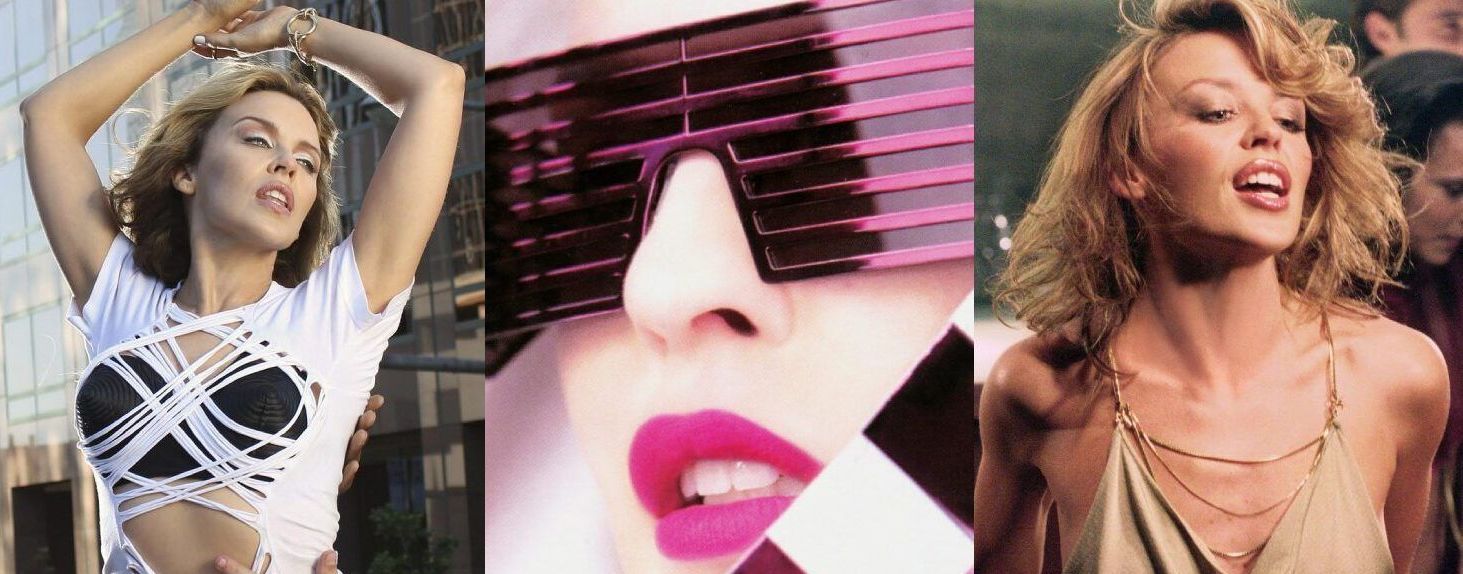Why Kylie Minogue is Such a Gay Icon
What Makes Kylie Minogue a Rainbow Revered Diva?
Why did Kylie Minogue morph into a gay icon? What’s the queer magnetic field around the Australian pop sensation? How did she become a dazzling star in the LGBTQ+ constellation?
We're going to examine these enigmas through the scholarly gaze of some top-drawer eggheads who spend their lives dissecting gay culture and writing those tedious academic papers about it.
A Divine Peacock: Camp Aesthetics Theory
Our pint-sized pop princess didn't become a gay icon just by asking "whoop-de-doo, how'd you like your eggs?" It's about her larger-than-life, theatrical performances and flamboyant display of fashion – oh yes, darling, think gold hot pants and feathered headpieces!
Susan Sontag would be nodding in her grave. Her Camp Aesthetics Theory glorifies this exact brand of extravagance as crucial for capturing queer admiration. For the gay community, Kylie isn't just a singer, she's a peacock in full display, strutting down Oxford Street during Mardi Gras.
Divine Femininity
Despite the all-out glam, Kylie also flexes a certain androgynous charm, which resonates with Judith Butler's Divine Femininity and Androgyny Theory.
Butler suggests that gender isn't a thing you have, it's a thing you do. Kylie’s audacious performances of femininity coupled with a hint of androgyny allow gay men to vicariously express aspects of their identity that society might shun. In a 2002 interview with The Guardian, Minogue herself said, "Gay men relate to my enjoyment of dressing up, my enjoyment of expressing myself, my enjoyment of creating what I want to create."

Phoenix in Sequins: Identification and Resilience Theory
Kylie is not just a diva in sequins, she's a bona fide survivor. According to Diana Fuss' Identification and Resilience Theory, her trials and tribulations, including a very public battle with breast cancer, make her an emblem of resilience that resonates with gay men. Fighting adversity is a familiar tune for the gay community. Kylie didn't just sing about it, she lived it.
Boundary Busting Barbie: Transgressive Theory
Breaking boundaries is the name of Kylie's game. One word - "Confide in Me". The woman downright flirts with Middle Eastern melodies while draped in a golden dress against a psychedelic backdrop.
Jack Halberstam’s Transgressive Theory in action right there. Kylie's music often breaks societal norms, resonating with gay men who, like her, live in defiance of expectations. Her penchant for the unconventional and the taboo mirrors their own daily act of rebellion.
Pride and Prejudice: Queer Iconography Theory
But what makes Kylie a true gay icon? It's her overt support for the LGBTQ+ community. It's the Pride concerts, her LGBTQ+ inclusive music videos, her advocacy. This fits perfectly into the Queer Iconography Theory, which states that a celebrity becomes a gay icon through their positive influence on the queer community.
In an interview with Gay Times in 2018, she declared her unwavering support, stating, "I’m a tried and true, staunch supporter of the gay community." She doesn't just talk the talk, she walks the walk.
There you have it, pop culture aficionados. Our Kylie, the pop deity of the LGBTQ+ world, isn't just a creation of her catchy tunes. She's a camp goddess, an androgynous Aphrodite, a Phoenix in sequins, a boundary-busting Barbie, and a relentless ally. Gay icon status? As she would say, it's in her DNA.
Gay Icons of the 1930s and 1940s
Gay Icons of the 1950s and 1960s
Gay Icons of the 1970s and 1980s
Gay Icons of the 1990s
Gay Icons of the 2000s
Fictional Gay Icons
Wonder Woman
Julia Sugarbaker (Designing Women)
Buffy Summers (Buffy the Vampire Slayer)
Blanche Devereaux (Golden Girls)
Patsy Stone (Absolutely Fabulous)
Miranda Priestly (Devil Wears Prada)
Karen Walker (Will & Grace) (have pics)
Samantha Jones (Sex and the City)
Ursula the Sea Witch (The Little Mermaid)










